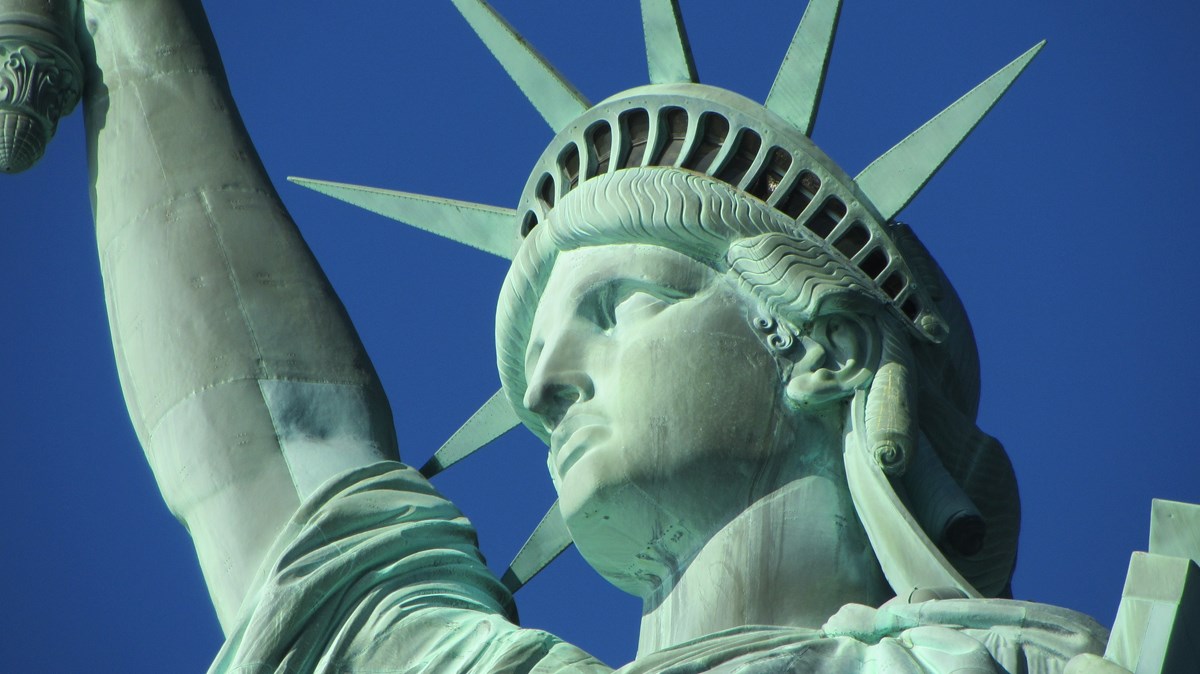The Decline of American Liberalism was first published by Professor Arthur Ekirch in 1955 when the United States was in the throes of the Red Scare and its attendant oppressive environment of fear and intimidation of political dissent. Living through such an era would undoubtedly lead adherents of the classical liberalism espoused by the Founders and embodied in the Declaration of Independence and Bill of Rights to a sense of profound pessimism over the then-current and future course of the republic. And Ekirch was nothing if not pessimistic.
65 Years Later
Therefore, it is useful and instructive to evaluate his thesis and how it has held up in light of events since its first publication over 50 years ago. To that end, the Independent Institute has republished The Decline with a foreword by one of the institute’s senior fellows, Robert Higgs, who writes that “the most striking thing is how well the book holds up after more than fifty years.”
But does it, really?
Essentially, Ekirch held that the greatest progress towards liberty and away from despotism in the West occurred during the Age of Enlightenment in the 17th and 18th centuries. This culminated with the establishment of a country whose Constitution and form of government were founded on the inviolability of the individual; a radical departure from the prevalent European model, which held that individual rights were subordinate to church and state. However, once the Constitution was ratified, it was all downhill from there, with an almost uninterrupted decline in liberty.
Non-interventionism in foreign affairs and free-market capitalism were considered quaint anachronisms by the intelligentsia of both the right and left.
Indeed, when the book was first written, there was woefully little cause for classical liberals to be optimistic. Practically the only organization left to keep the flame of liberty alive at the time was the one that regularly published The Freeman. The McCarthy hearings, which ruthlessly suppressed dissent by lies and innuendo, were in full swing, and the military-industrial complex was firmly entrenched. Non-interventionism in foreign affairs and free-market capitalism were considered quaint anachronisms by the intelligentsia of both the right and left.
Nevertheless, there were important counter-trends that impeded the relentless march of statism, and there were significant advances in the cause of freedom that did not exist at the country’s founding. The triumph of Jefferson over the Federalists, Jacksonian democracy, the abolition of slavery, women’s suffrage, and the tremendous rise in standards of living and quality of life rooted in free-market principles were accomplishments that Americans in 1955 could point to with justifiable pride.
The Classical Liberalism Renaissance
Since that time, there has been something of a resurgence in the classical liberal ideal. In 1964, the first classical liberal in decades captured the presidential nomination of a major political party, culminating in the election of a president in 1980 who actually articulated, however unevenly, the Founders' vision.
Popular protest of an unpopular war led to its end, along with an end to the military draft. At long last, the Civil Rights Movement provided economic and legal equity to black Americans. Whole industries have been deregulated from price controls, the Cold War ended with the good guys winning, and the coercive labor union movement has suffered a steep decline.
Bailouts, taxpayer subsidies, unsustainable budget deficits, and the sheer size and growth of government are cause for great alarm.
Thinks tanks and activist organizations at the state and national levels that promote and advocate economic and political liberty have proliferated to an extent that would have been unthinkable 50 years ago. And they are having an impact. So-called modern-day progressives have been put on the defensive and have to fight tenaciously for their big government agenda against an intellectual army of determined foes. In short, there has been a renaissance in American classical liberalism.
Nevertheless, despite these recent causes for optimism, there have been disheartening setbacks. Bailouts, taxpayer subsidies, unsustainable budget deficits, the threat of a government takeover of healthcare, and the sheer size and growth of government are cause for great alarm.
Optimism or Pessimism
So in the final analysis, was and is Ekirch’s pessimistic view a valid one? For the most part, and at the time he wrote it, it was. But I would argue that he carried it too far, and events since then have to some extent discredited it. Besides, if we want to make the world over to the vision of the Founders, relentless pessimism is not going to motivate people to work for positive change. Optimism of the kind President Reagan offered the country is a far better strategy.
The Founders’ acceptance of altruism, where self-interest is immoral and self-sacrifice the highest moral ideal, was the root cause for The Decline.
The most disappointing aspect of The Decline is that it offered no reason for why it took place other than to agree with Jefferson’s observation that “[t]he natural progress of things is for liberty to yield and government to gain ground.”
I would argue that the Founders’ acceptance of the morality of altruism, where self-interest is regarded as immoral and self-sacrifice is the highest moral ideal, was the root cause for the decline of American liberalism. Until classical liberalism embraces rational self-interest as the highest moral ideal and can build a society upon that foundation, then further decline will become the order of the day until, indeed, the well of freedom becomes almost completely dry.

